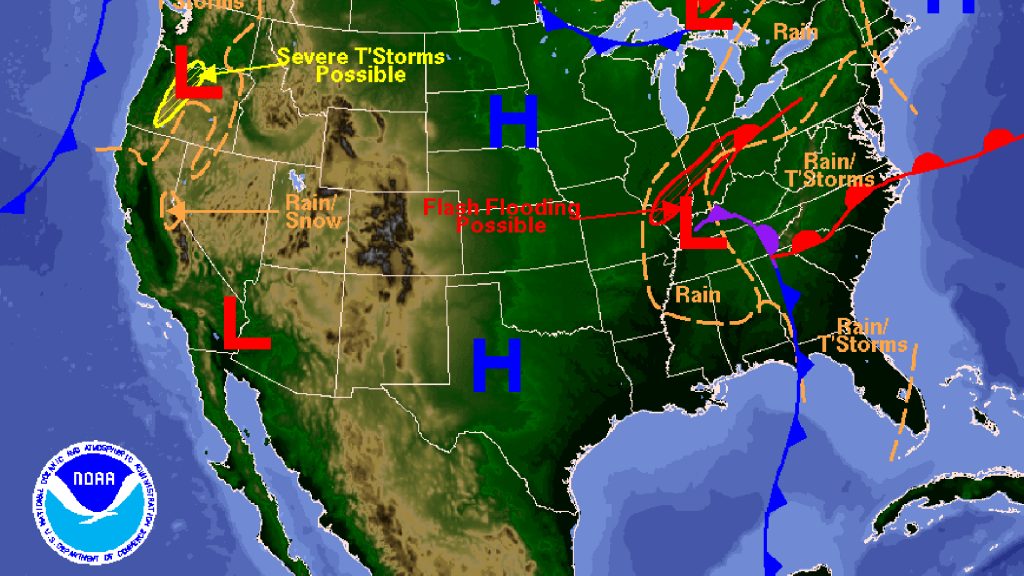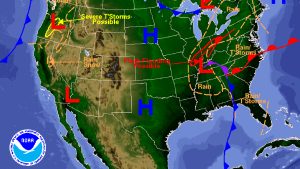What is Atmospheric Pressure?
Atmospheric pressure, also known as air pressure, is the force exerted by the weight of the air above us in the Earth’s atmosphere. It plays a crucial role in weather patterns and is measured in units called millibars (mb) or inches of mercury (inHg). At sea level, the average atmospheric pressure is about 1013 mb.
How Do High and Low Pressure Systems Form?
High and low pressure systems form due to the uneven heating of the Earth’s surface by the sun. Warm air rises, creating areas of low pressure, while cooler air sinks, resulting in high pressure. These pressure differences drive wind and influence the development of weather systems.
- High Pressure Systems: Characterized by sinking air that typically brings clear skies and stable weather.
- Low Pressure Systems: Marked by rising air that can lead to cloud formation, precipitation, and storms.
Why Are Highs and Lows Important for Weather?
Understanding highs and lows helps meteorologists predict weather changes. For example, a strong low-pressure system often signals stormy weather, while a high-pressure system indicates calm conditions. Storm chasers pay close attention to these pressure patterns to anticipate severe weather events.
How Atmospheric Pressure Affects You
Changes in atmospheric pressure can affect the human body, sometimes causing headaches or joint pain. It also influences how airplanes fly and how weather changes can be felt on the ground.




